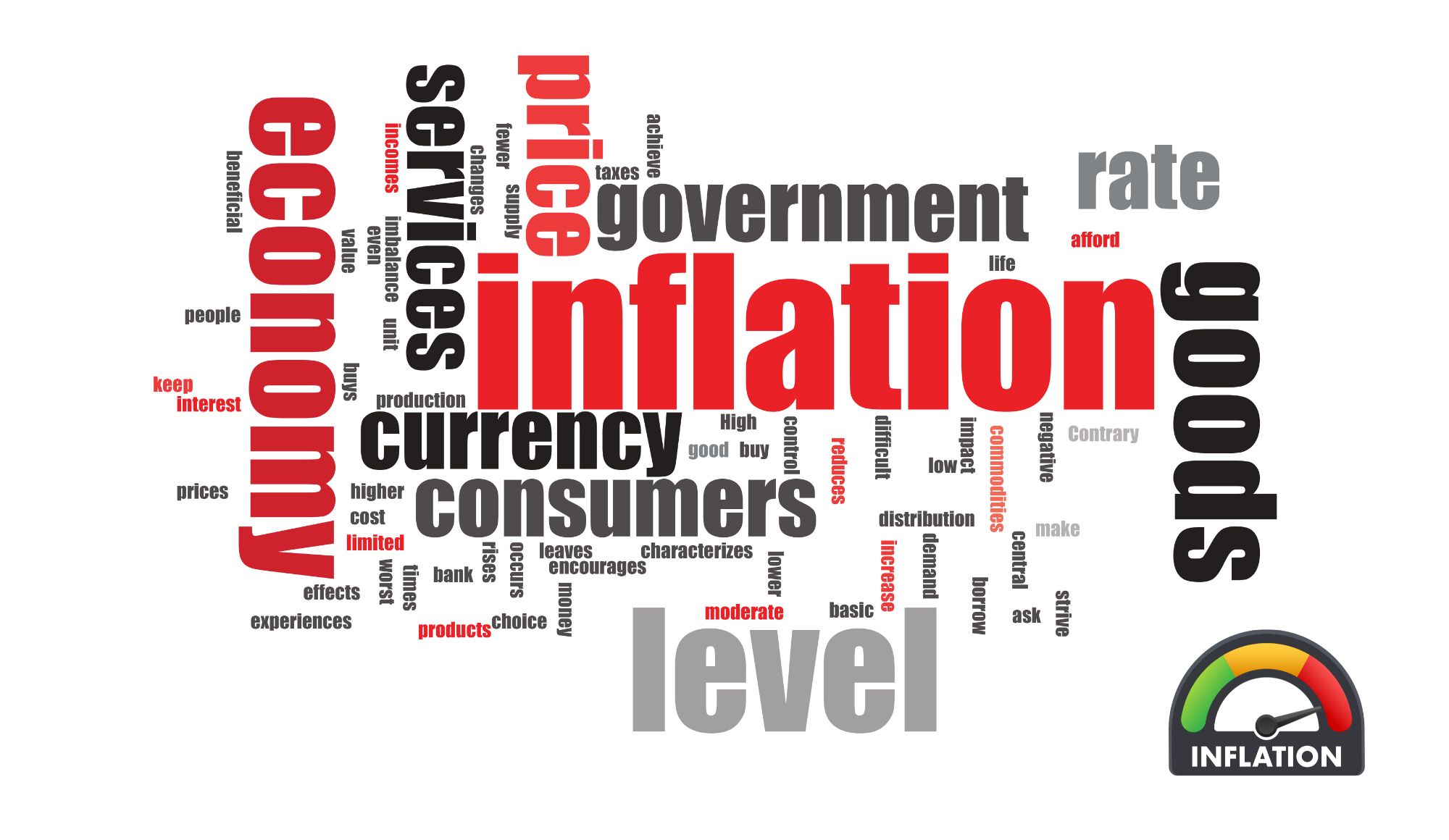10,000 Bitcoin for 2 Pizzas
When Laszlo Hanyecz forked over 10,000 bitcoin in exchange for 2 Papa John pizzas fourteen years ago, he couldn’t possibly have imagined what the future would hold. Today, those bitcoin would collectively be worth close to $700,000,000. And if the current halving cycle echoes history, there is a good chance they will be worth a cool $1 billion in the not too distant future.
Anderson Cooper interviewed Laszlo, who in retrospect stated that it wasn’t the craziest transaction at the time because bitcoin then was worth virtually nothing. With each passing year, though, the purchase seems ever more ludicrous.
While some will point the finger and wonder how he could be so stupid while others are in awe about how much money was left on the table, most won’t shine the mirror back on themselves to see that they too are making the same mistake regularly in the stock market.
Key Points
- Laszlo Hanyecz’s bitcoin-for-pizza purchase highlights how holding onto valuable assets can lead to massive gains over time.
- Selling valuable assets too soon can result in missed opportunities for significant wealth increase due to the compounding effects of inflation and time.
- To maximize wealth, invest in assets with strong economic and competitive advantages, like wide moat companies, which can grow in value over time.
How To Get So Much Richer
If you put aside the amounts for a moment, the mistake Laszlo made is clear. He sold.
But why is selling a mistake?
Every year, the forces of inflation drive the prices of nominal goods and services higher. Generally, the amount is so small that it’s not noticed by the public at large. If inflation is 3%, do you really notice that a bag of chips went from $0.96 to $0.99. Most don’t.
These days, inflation is running at a much faster pace, so it’s grabbing more headlines. But when inflation is more muted it is still a powerful force, albeit moving stealthily through time.
It’s only after many years, say a decade or two, that it becomes obvious to the observer that the bag of chips from childhood costing $0.10 is now costing $1.00, for example. Or that the house Grandpa bought for $30,000 is now worth $300,000.
Though examples are everywhere, most people are caught up in the moment and fail to step back to see the most important thing to do is hold on to an asset for as long as possible because inflation alone will drive the price higher.
But which assets should you hold?
What Should You Buy and Hold?
Holding just about any asset worth its salt will lead to higher prices over time on a nominal basis. A bar of gold one hundred years ago is the same bar of gold today but price-wise, the dollar amount is substantially higher. Not because the gold is worth more but because the dollar is worth less.
Similarly, any asset, whether a home or equity in a business, should be rising over time simply because of inflation. And if it’s not, it’s going backwards in real terms.
Not all assets are created equal, though, so you want to find the ones that can outstrip the rate of inflation. These are the wide moat companies that enjoy pricing power and are depended on daily heavily by businesses or consumers, or both. If you can buy them you stand a really good chance not only of seeing the asset you own appreciate in price by the force of inflation alone but also by its own unique set of economic and competitive advantages.
If you’re not sure which stocks fit the bill, the VanEck Morningstar Wide Moat ETF (MOAT) is a good place to begin. It houses 55 companies that managers assess to be wide moat companies and will likely appreciate over time, even without the tailwind of inflation.



